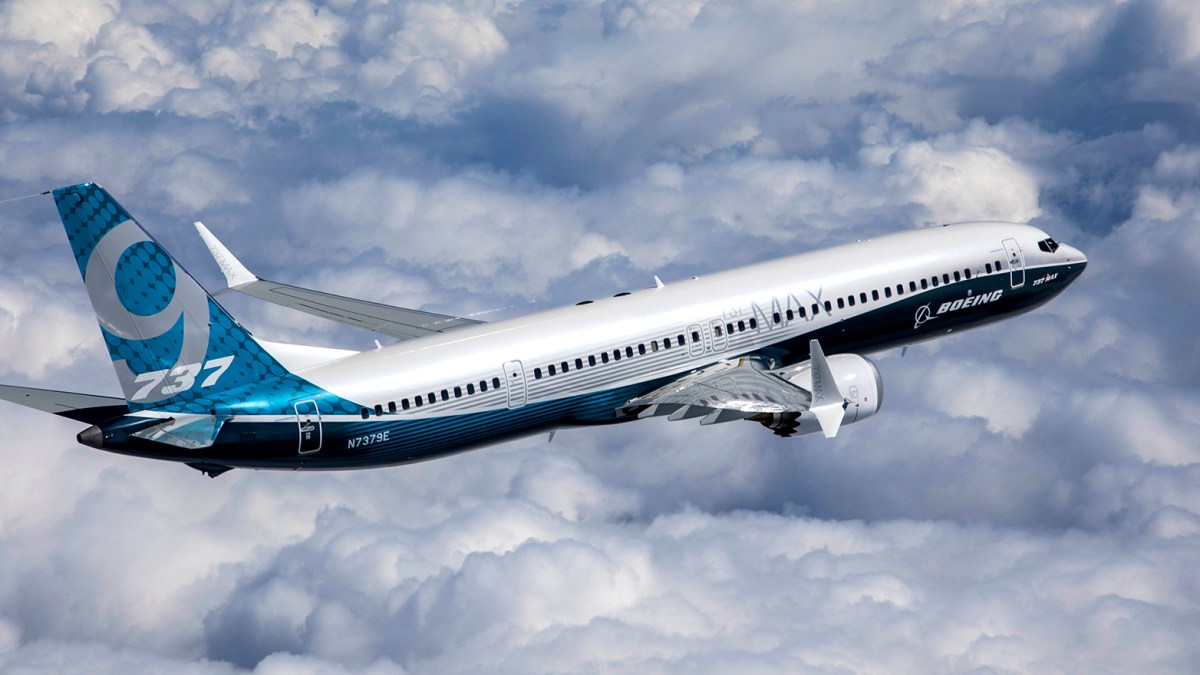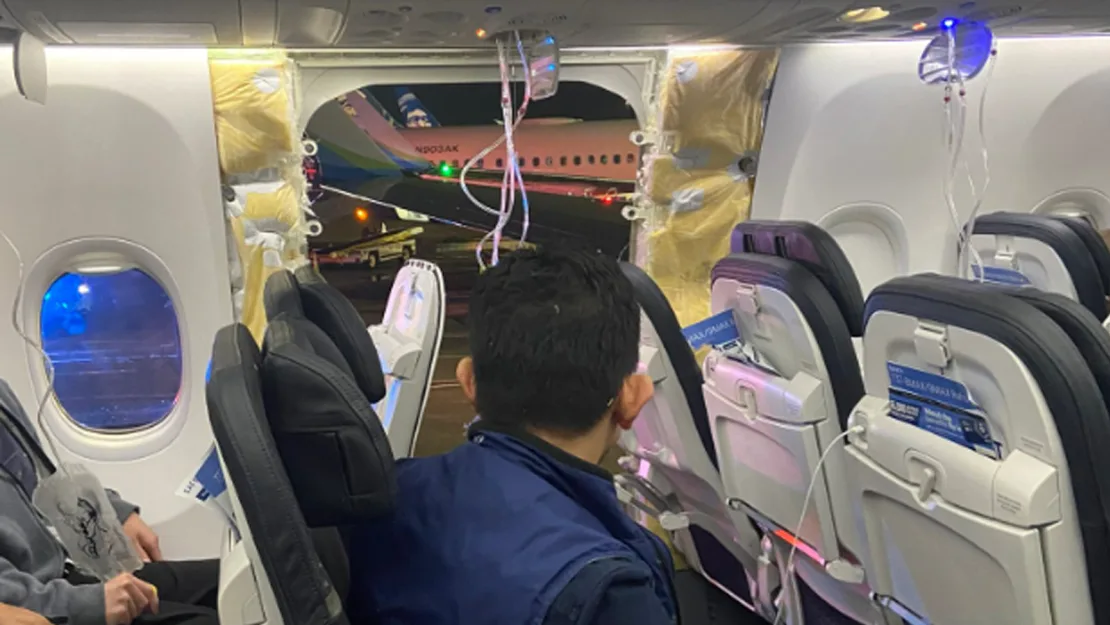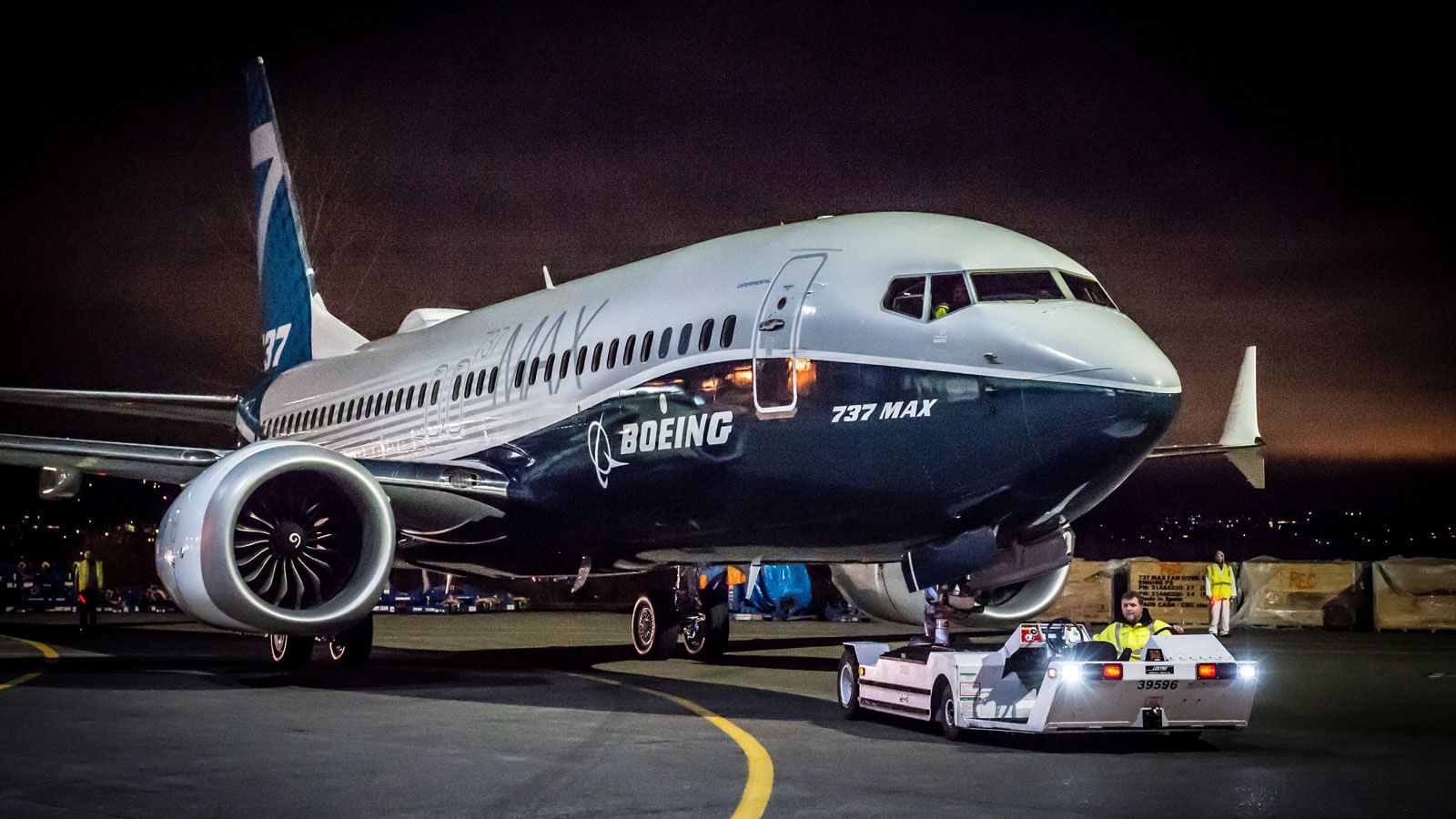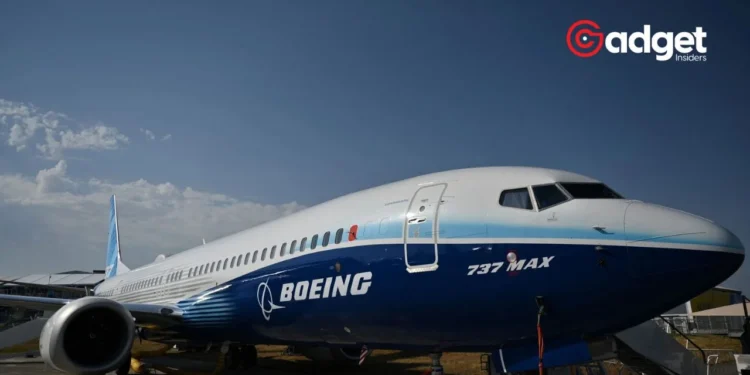In the wake of recent incidents involving Boeing aircraft, the question of air travel safety, particularly on Boeing 737 models, has surged to the forefront of public concern. Notably, a Boeing 737 Max operated by Alaska Airlines became the subject of an FBI investigation after losing a door-plug panel mid-flight, igniting discussions on the reliability of Boeing aircraft.
This incident, coupled with a separate event where a United Airlines Boeing 737-800 lost an external panel before a safe landing, has intensified scrutiny of Boeing’s compliance and safety standards.
Boeing Under Investigation: A Closer Look at the Concerns
The incidents involving Boeing 737 models have not only raised eyebrows among the traveling public but have also attracted the attention of federal authorities. The FBI’s inquiry into the Alaska Airlines incident is particularly notable, probing whether it breached the terms of a 2021 settlement designed to prevent Boeing from facing prosecution for previous allegations of misleading regulatory bodies.
Concurrently, the U.S. Department of Justice and the Federal Aviation Administration (FAA) are investigating these occurrences to determine their impact on overall aviation safety.

Flying on a Boeing 737: Separating Fact from Fear
Despite these concerns, the statistical evidence supports the assertion that flying remains one of the safest modes of transportation available. A study conducted by the Massachusetts Institute of Technology (MIT) between 2008 and 2017 found a remarkably low fatality rate, with only one death per 7.9 million passengers boarding flights.

The U.S. Department of Transportation also did a study with the data showing that you are more likely to get injured or die in a car accident on the highway as opposed to flying.
Flying is also a safer mode of transportation than riding the bus, traveling on a motorcycle, or riding on a train, according to the DOT.
Is Flying On A Boeing 737 Max Safe? United Warns Pilots Of Fatal Nose Dive Issue… https://t.co/QTz6gY44X9 pic.twitter.com/JJwUaEJUqr
— Luxury Travel Diary (@LuxTravelDiary) December 9, 2018
The Real Concerns Behind Flying on a Boeing 737
While the recent incidents involving Boeing 737 aircraft are concerning, they do not significantly alter the overarching narrative of flight safety. The real risks associated with flying are more often linked to runway accidents and pilot errors, including those caused by fatigue or mental health issues.
However, these instances are exceedingly rare and should not deter individuals from considering air travel as a safe and efficient means of transportation.

Conclusion: Understanding the Bigger Picture of Air Travel Safety
The questions surrounding the safety of Boeing 737 aircraft, while valid, should be viewed in the context of broader aviation safety statistics and ongoing improvements in flight technology and regulation. As investigations into recent incidents proceed, travelers need to stay informed about the facts and not let isolated events unduly influence their perceptions of air travel safety.
In sum, while no form of transportation is without risk, the evidence overwhelmingly suggests that flying, particularly on Boeing 737s, remains a secure option for travelers. The focus should thus remain on supporting ongoing efforts to enhance safety measures and maintain the high standards that have made air travel the safest mode of transportation in the modern world.









